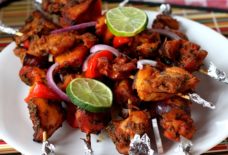Jumana Manna Telling Arab Stories at MoMA PS1
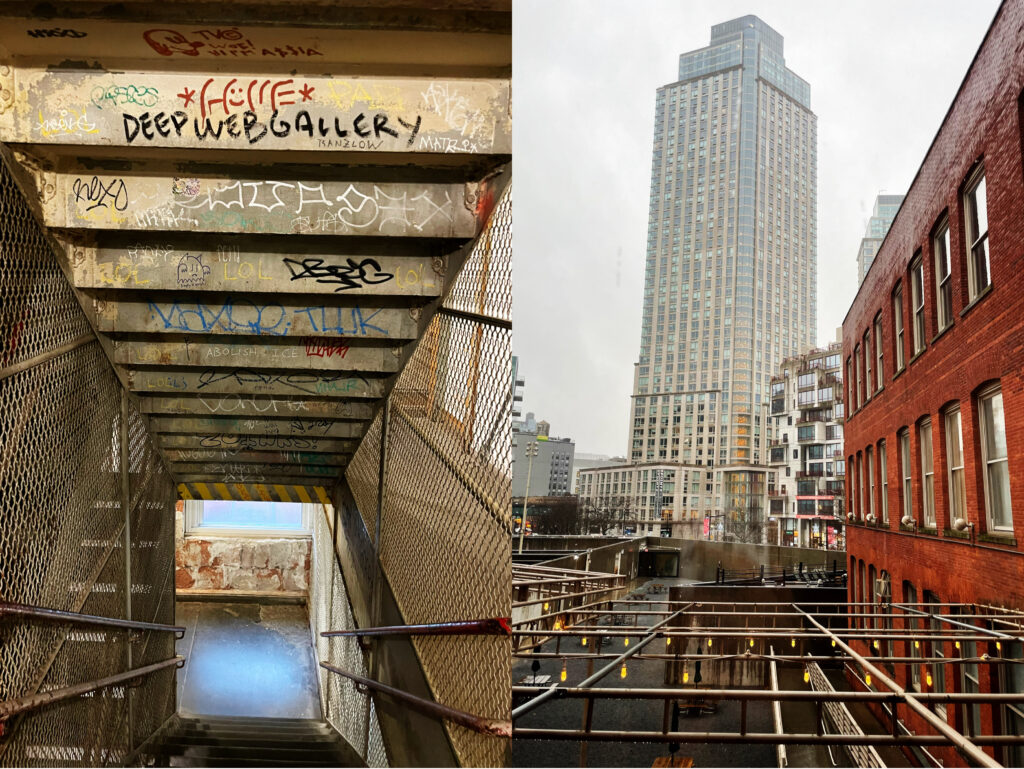
By: Jenny Lyu / Arab America Contributing Writer
Recent thursdays are always accompanied by light rain in New York City. I was in the rain, coming down harder and harder. The sound of the rain hitting the floor urged me to pick up the pace. I desperately longed to enter a warm, dry, peaceful world. MoMA PS1 became the place to go in my search. MoMA PS1‘s building is an old industrial style, which gives a modern feel and a sense of story. Climbing up along the iron staircase allows visitors divest themselves of their social identity and immerse in another world, simply as listeners and feelers of the story. At the end of the passage is the Palestinian artist Jumana Manna’s exhibition.
Jumana Manna (Palestinian, b. 1987) is a visual artist and filmmaker raised in Jerusalem and lives in Berlin. MoMA PS1 is her first major museum exhibition in the United States, which explores the relationship between society and material. The collection brings sculptures and two films, Wild Relatives (2018) and Foragers (2022), to audiences. “In her works, ways of life suffer hardship on a land basis, while resisting, evading, and transforming hegemonic power structures.”
Old Ceramic Bread
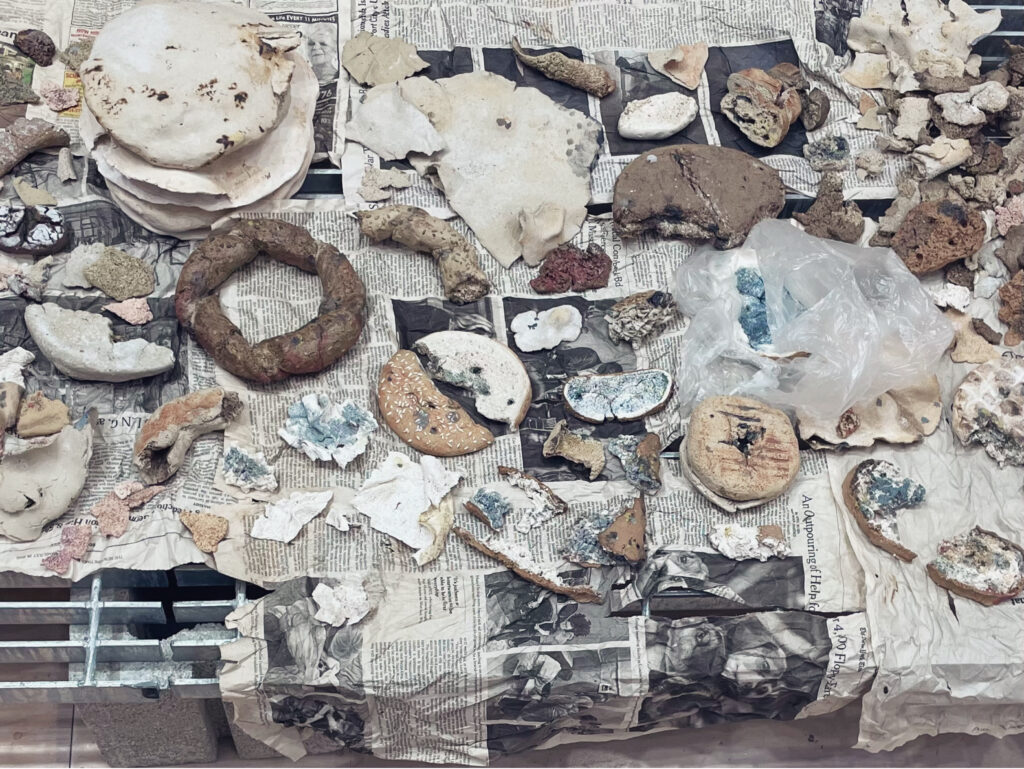
The ceramics mimic the practice of leaving their stale bread outdoors to be taken by an unknown receiver. Putting leftover bread outside the house for others who need it is an old tradition in Palestine. “They are charting the evolution of a food source and object of desire into the distress associated with wasted food and life.” Some of the bread is encased in a plastic bag to allow it appear natural. Manna enjoys the hands-on process of sculpting the bread, relishing great attention to handmade stamps. Close to the bread, the mildewed surface, and the texture of the rot bread allow kids tp want to take a bite. “Manna links the collapse of the home and public in times of crisis to food shortages, the volatile politics of waste management, and the residues of flat circles of taboon and thin curled lengths of ka’ek.”
The Cache Series
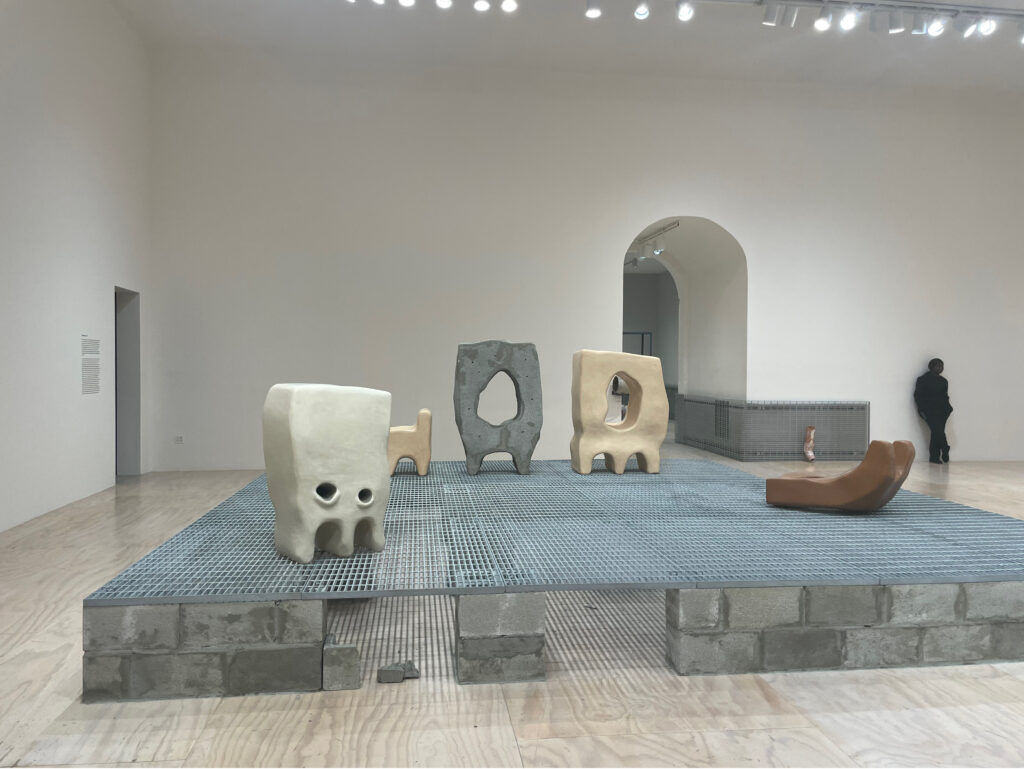
Inspired by the remains of khabyas, traditional and now obsolete structures for grain storage in the Levant, Manna considers the transformation of storage systems from sites of food production associated with agricultural life cycles to areas of economic expansion. The ceramic pipe represents people following the rules of soil and the annual process of saving seeds for survival, a form of life in an intimate relationship with the land.
Forager
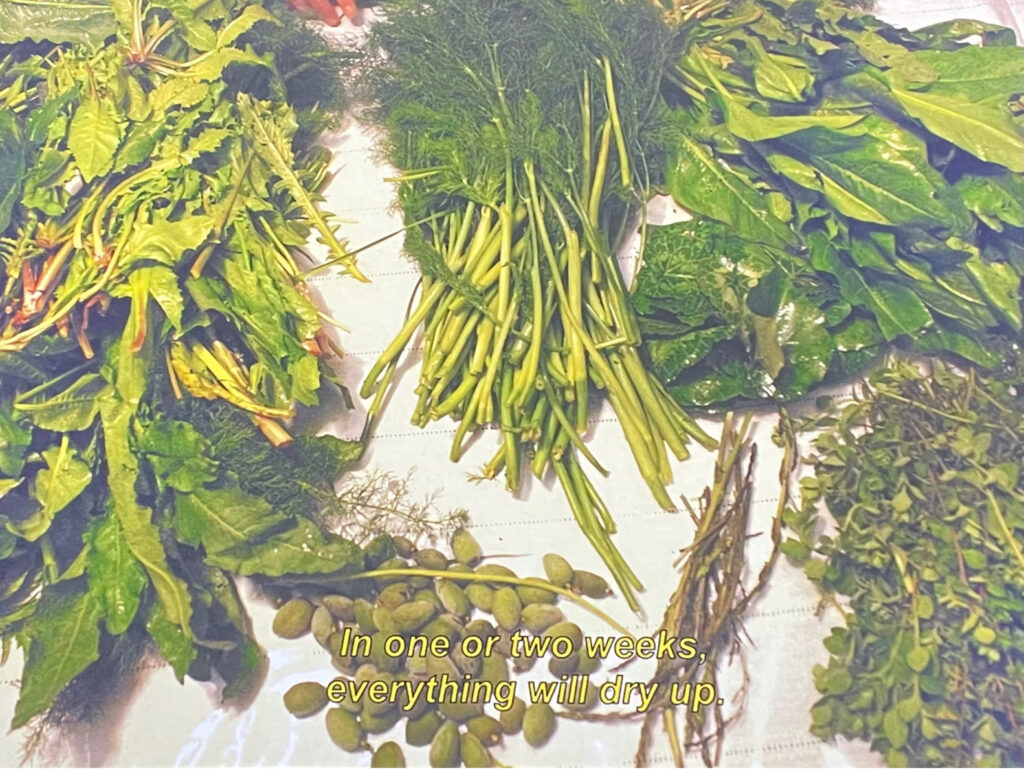
“With agriculture industrialization, who can decide what can survive and how to survive became the conflict between Palestinian foragers of the wild growing herbs ‘akkoub and za’atar and the Israeli Nature Protection Authority, which declared the plant.” For Palestinian, foraging is recovery, continuity, and survival. However, it was seen as predatory by Israeli nature protection laws. The film shows the war without guns or smoke and how people love those herbs. They pick, cook, and share with family and friends. When the police caught a woman with two bags, each filled with 2kg of za’atar. The helpless woman said, “Since the age of my father and grandfather, my father used to bring back stems long. Next year, it’d grow back, and we’ll do the same. Since you banned us, za’atar is harder to find. We don’t find we used to, za’atar needs to be trimmed, like all plants. The more it’s clipped, the stronger it grows back.”
Wild Relatives
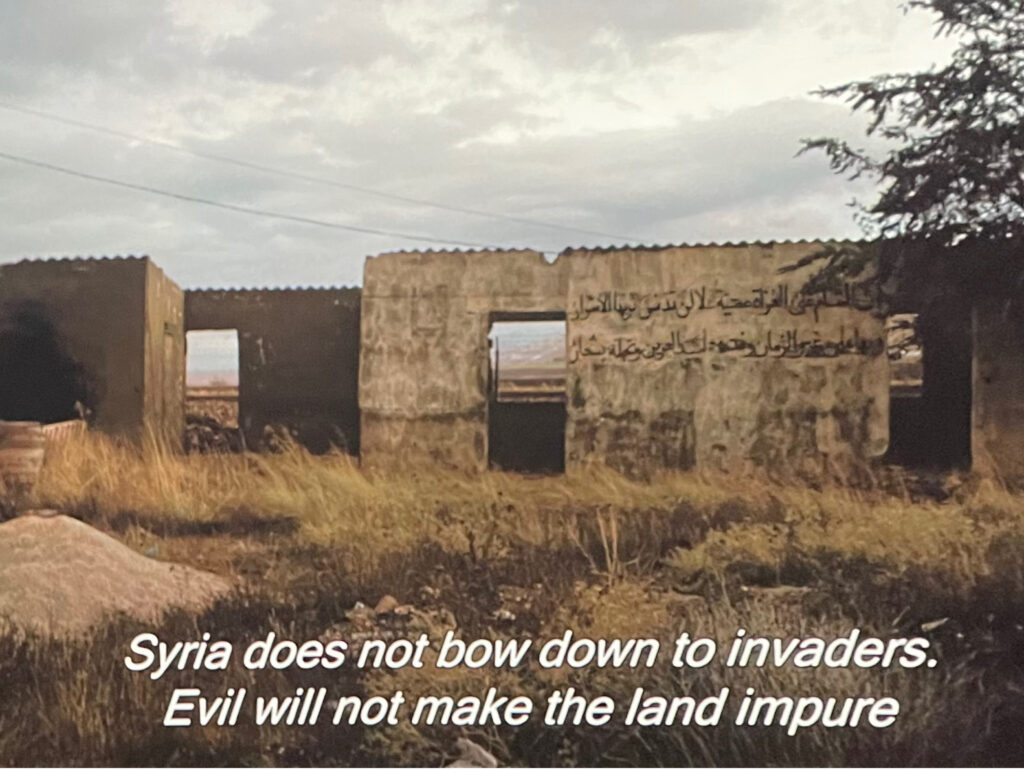
The International Center for Agricultural Research in the Dry Areas (ICARDA) had to relocate from Aleppo to Lebanon because of the Syrian war. ICARDA stored seeds all over the world for a backup when disaster hit. In 2012, an international agricultural research center was forced to relocate from Aleppo to Lebanon due to the Syrian Revolution turning the war. “Manna’s video highlights the massive international efforts to archive and preserve seeds as it does the daily lives of the Syrian refugees who work in ICARDA’s fields and create their communal seed banks for sharing.”
Across the works in the exhibition, from sculptures to films, the land is known by people through daily life or international efforts. If you have time during the weekend, this place you should take advantage of this.
Check out Arab America’s blog here!



